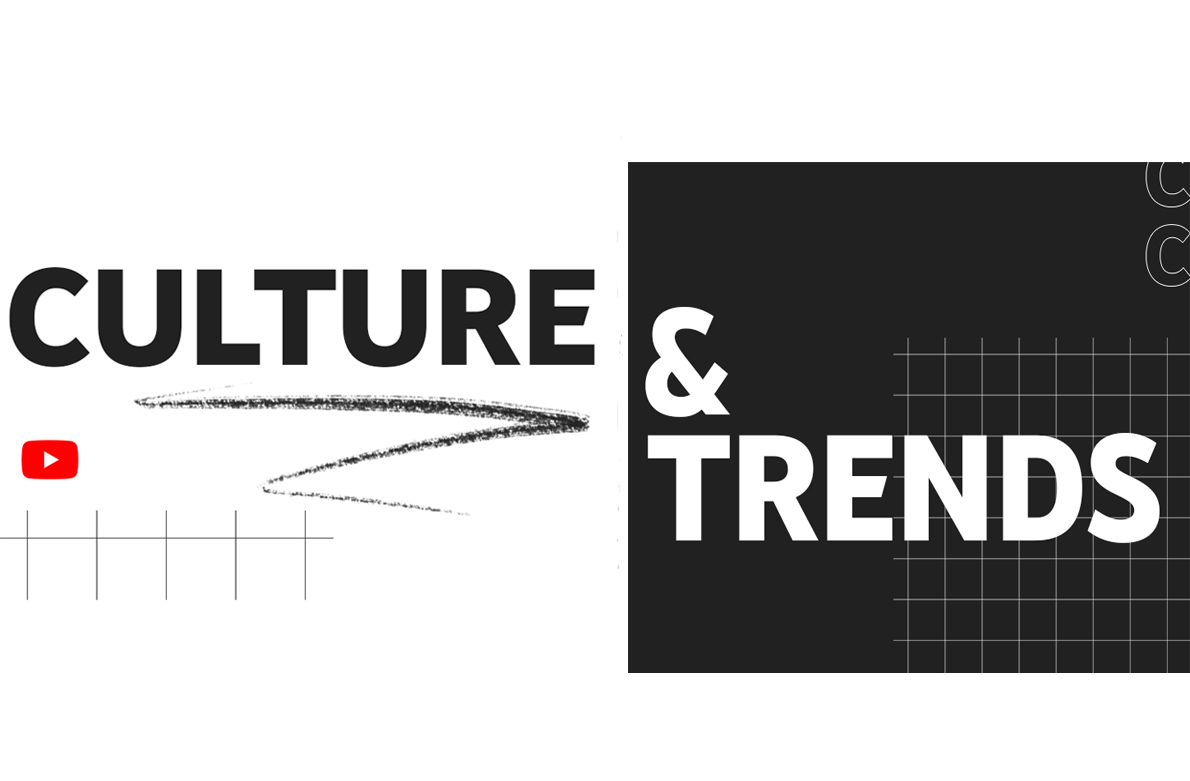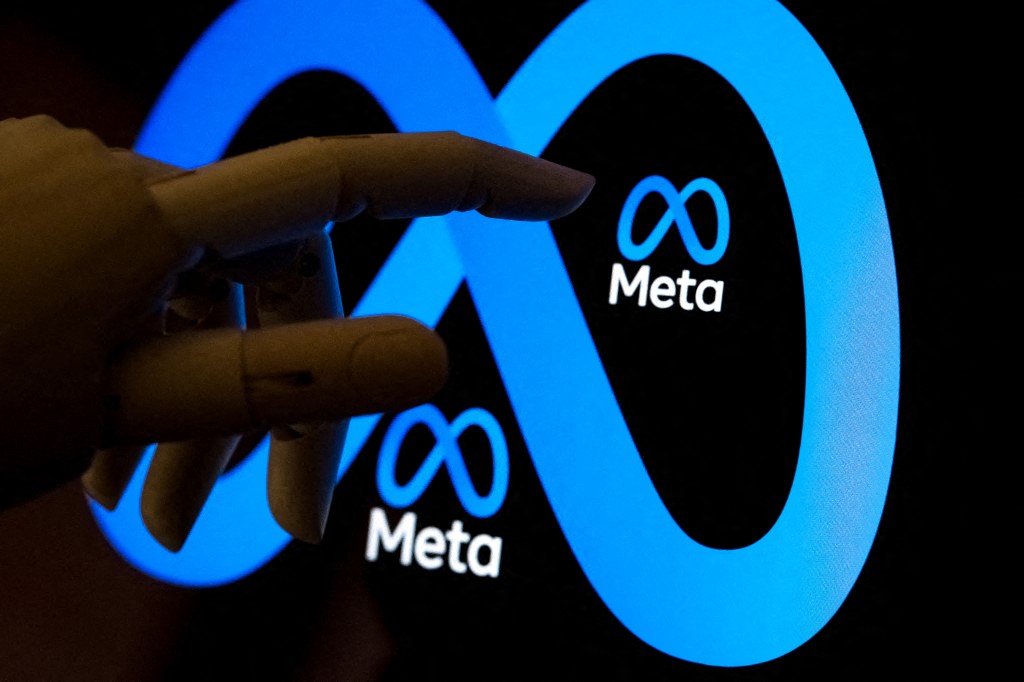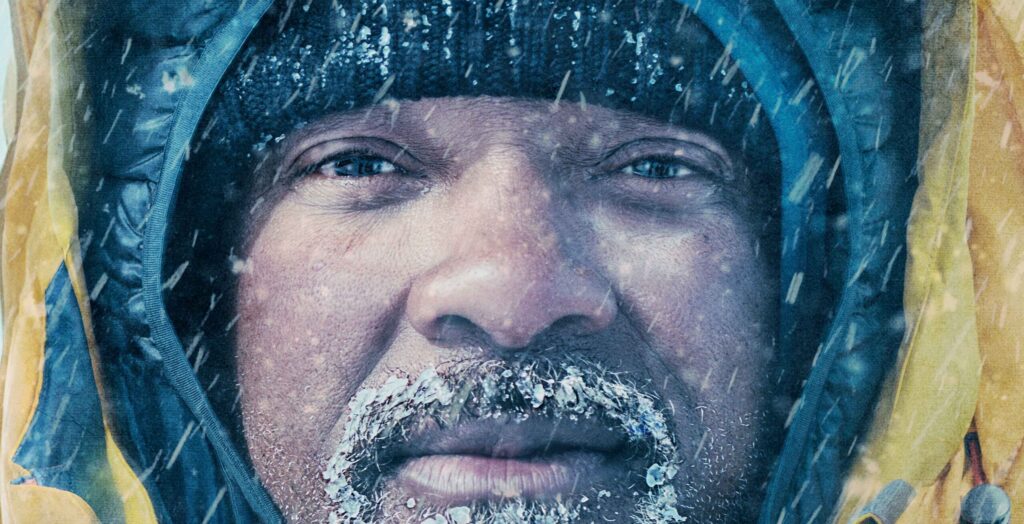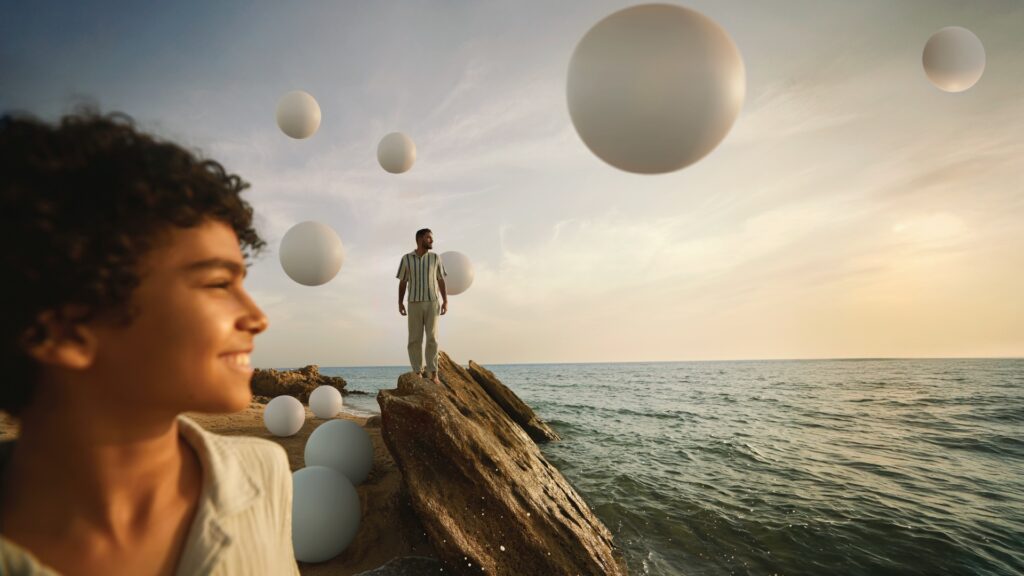What The YouTube Culture And Trends Report Reveals About The Future Of Video
By Abdu Hussein, Culture &Trends Lead, MENA & Gina Shalavi, Trends Lead, YouTube Ads Marketing

The pandemic has led to countless changes in how people behave. This, in turn, has posed a lot of questions like: What lessons should we take away for the future? What was just a fleeting trend and what will continue to matter? One way of answering these questions is to turn to YouTube, a platform that has witnessed many of these changes play out, and where people are watching more videos than ever, particularly on TV screens. That’s exactly what we did when we created the YouTube Culture and Trends Report.
In it, we explore the viewership, content, and creative trends that have emerged around the world over the past year. What we found repeatedly pointed to one thing: the increasing indispensability of video in people’s lives, primarily for a sense of connection. The ways in which we’ve seen this are particularly interesting and help offer us insight into how this will be propelled moving forward. Here’s more about what we learned in the Middle East and North Africa.
Lesson 1: Tapping into shared culture creates connection and community
By using innovative ways to tap into shared moments of culture in MENA, we identified connection as a prominent theme that has emerged in ways that are immediate, identifiable and iterative. Leaning into this common culture, touchstones and key moments, brand new forms of shared experiences were created.
‘Acts of giving’ is possibly the most culturally meaningful example we’ve seen – which is a common theme for creator videos in the region. And, not only during Ramadan when it’s anticipated, but throughout the entire year.
Nothing quite embodied this phenomenon like fundraising livestreams. Whether by helping refugees through gamifying the donation drive, or imploring viewers to reach specific milestones, fundraising live streams were an essential part of the wider giving videos in the region. This heightened the sense of interactivity between creators and viewers, allowing viewers to feel part of the process. In fact, 52% of Saudis and 50% of Egyptians agreed that watching creators or artists livestreams made them feel connected to other people.
Since Arabic is a common language widely shared across MENA, a popular trend is the dialect challenge. This is where creators from different countries or regions attempt to guess terms specific to the other person’s local dialect. Uploads of videos with the Arabic form of ‘dialect challenge’ grew by over 140% from 2019 to 2020.
And it doesn’t matter where these creators may be. The fact that over a quarter of MENA’s top 100 creators are based outside the region 3 indicates how attached they are to their culture. It is through the continued transmission of specific cultural markers (such as language, sensibilities and interests) that tie a person to a particular place, irrespective of where they happen to be in the world.
Even when viewers aren’t following along live or simultaneously, video can help turn private experiences into social ones. People are streaming on TV screens more than ever before, and 67% watch YouTube content on a TV while others are in the same room.

The idea of using real-time experiences to transform the personal into the communal sits at the heart of these examples, and represents new creative opportunities to meet audiences where they are and serve their evolving needs.
There is the “With my followers” trend. Whether meeting them on video chat or playing online games with them, MENA’s creators found new ways of connecting directly with their fans throughout the pandemic and beyond. By meeting them in real-time, creators were able to connect with their fans in the moment, which opened up avenues for interactive connection. Views on videos with the Arabic form of “with my followers” increased by 150% from 2019 to 2020.
How about taking something and turning it into a much bigger version of itself? A spin-off of the big foods trend that caught a second wind during the pandemic, this trend – called “I made the biggest” sees creators make upsized versions of everyday items, food or otherwise. The trend has become a bigger version of itself, with a 400% increase in views in 2020 versus 2019 6 and has gone on to inspire creators from around the world to follow suit.
Lesson 2: Ramadan serves as a microcosm for this shared cultural experience
Talking of shared cultural moments, content around Ramadan serves as a microcosm for the various ways connections can be actualized. By leaning into this moment in new and creative ways, our creators and their audiences make meaningful contact around a shared cultural touchstone we all experience and are familiar with.
For instance, we saw that this digital recreation of Ramadan within a virtual game world is a recurring theme across gaming videos.
Within those virtual reenactment videos are videos titled “Ramadan Craft”, alluding to related videos within the world of Minecraft. How this format works is that the creator starts a daily Minecraft adventure series in Ramadan, often exploring the in-game world alongside fans, such as in this video from creator RedFox. The intent here is to mimic the “episodic” format that is so popular from television and broadcast in Ramadan. So Ramadan here acts as a framing device for Minecraft gamgin content.
Lesson 3: Immersive videos encourage togetherness.
Using multisensory media to immerse the viewer in an experience is more popular than ever, as digital video pushes beyond expected audio-visual conventions and becomes more experiential.
Looking ahead, we are entering a space in video culture where a sense of connection is created and maintained not just through a one-way viewing experience, but by experiencing content in new and innovative ways.
We really see this in content around Among Us, the multiplayer game that has taken the region by storm with over a billion views in 2020 alone. Of course it’s the communal aspect that has contributed to its success but when we started to see videos replicating the game in real life, that’s when things got really interesting.
All of these trends speak to the ability for digital video to connect people and become participatory. And while they may have been predominantly spurred by our needs during quarantine, their popularity suggests they are here to stay.
The human need for connection
Feeling connected is a core human need, and the rapid adoption of video as a tool to help meet that need shows how indispensable this medium has become for so many people. 68% in Saudi Arabia and 70% in Egypt agree that, over the past 12 months, they have used YouTube to help feel connected with others.
In the region, we’ve seen how leaning into shared cultural aspects has driven this sense of connection and pushed it forward in new ways. Creators will continue to innovate in this space and we’ll be seeing more formats that exemplify this shift.
Creating a sense of community, relatability, and participation are all shortcuts to help people feel more connected, and by doing this, there is an opportunity for brands to use their creativity and entertainment to maximise the impact of their campaigns.
Tags:





